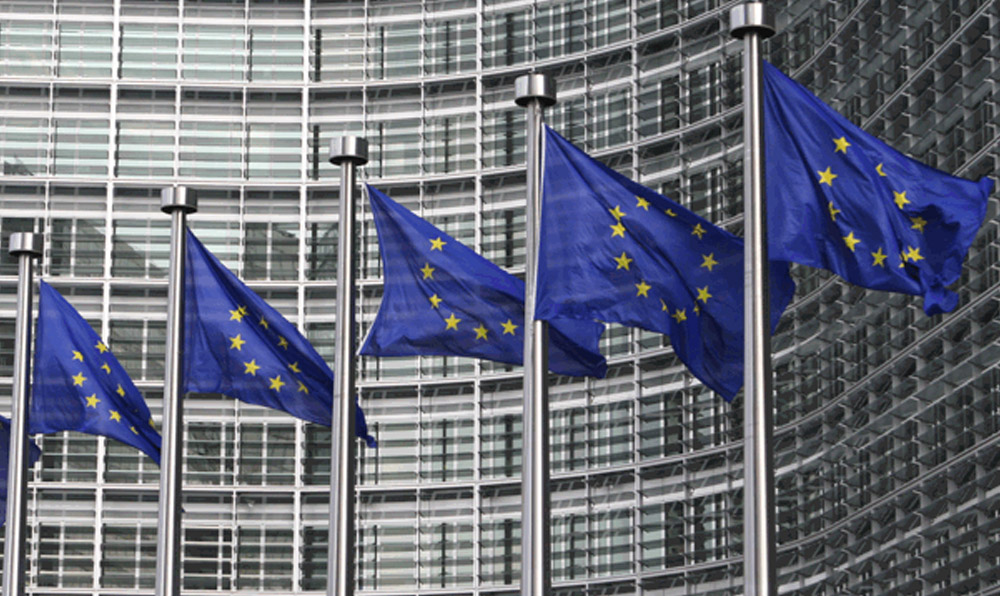Consent Agreements from the U.S. Department of State’s Directorate of Defense Trade Controls may not be popular light reading, but they’re worth a look if you’re a key player in your company’s export compliance infrastructure.
Ongoing Consent Agreements to companies in the aerospace, defense, and manufacturing industries, remind us that the penalties for violations can be severe regardless of how or why the infractions occurred. But don’t despair—simple preemptive measures can help you stay compliant and avoid the common issues that appear throughout many of these Agreements.
Five Things to Consider to Improve Your Export Compliance Processes:
1. Export compliance and cutting corners are a risky combination
In the Consent Agreement of a leading defense contractor inadequate compliance resources are observed, indicating poor compliance prioritization within the organization. The cost of developing an Export Management and Compliance Program, implementing dependable compliance solutions and training your staff to use them is minuscule compared to the consequences of not doing so. If the Department of State (DOS) audited you today, what would they say about your company’s compliance culture?
2. You may not know your products as well as you think you do
For two prominent manufacturers of high technology products, “failure to properly determine export control jurisdiction” over their commodities resulted in unauthorized exports and re-exports of items controlled by International Traffic in Arms Regulations (ITAR) such as electronics and associated technical data. Despite recent changes to the United States Munitions List (USML), it is still your responsibility to know whether or not your goods or technology are subject to ITAR, and to classify them correctly. Reliable solutions that simplify the classification process and help verify your commodity jurisdiction determinations are essential to avoiding costly errors and oversights. Enlisting staff with detailed knowledge about a product’s intended purpose is also vital to achieving correct classifications.
One company took this advice to the extreme – inviting their engineers to a pizza party, locking them in, and ordering them to classify products! We hope they were fed well.
3. Sticky notes and spreadsheets just won’t do
“Failure to maintain records involving ITAR-controlled transactions”—including license records—contributed to the problems of two aerospace equipment providers. Comprehensive audit records of all screening activities and an automated classification workflow that ensures your product information is accurate and defensible are necessary (a) to achieve the precision that compliance demands and (b) to easily prove your due diligence.
4. Those who ignore history are doomed to repeat it
One expanding aerospace company learned that when you acquire new subsidiaries the onus is on you to investigate the past. Among other proactive steps, batch screening of all the employees and customers in your database can give you a quick but necessary glimpse into what you are inheriting in an acquisition or merger. Even if export violations precede your procurement of a subsidiary, it’s up to you to ensure the illegal procedures don’t unwittingly continue under new management. Some companies have had multiple repeat violations, a situation that is completely avoidable.
5. “I didn’t know” won’t get you off the hook
Compliance violations are often due to decentralized compliance programs. In one company’s case, “inadequate corporate oversight” of divisions and subdivisions resulted in unlawful transactions that head office simply didn’t catch. Systems enabling corporate-wide communication are essential. For another organization, “lack of awareness of the ITAR” was a contributing factor to their violations, demonstrating ignorance of the law is not a valid defense. The wealth of compliance information online can be daunting to wade through, but the best compliance solutions help companies navigate the complexities of export regulations and ensure all obligations are met to the highest standard.
Avoiding the mistakes of the companies above requires a firm commitment—not only to achieving a high level of compliance but also to staying compliant. And while this requires an investment of your company’s time and resources, it’s undeniably worthwhile.


